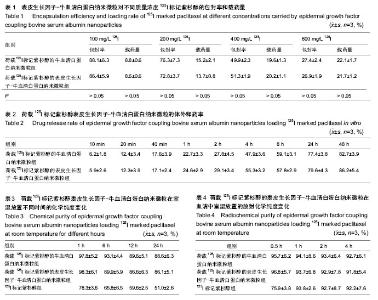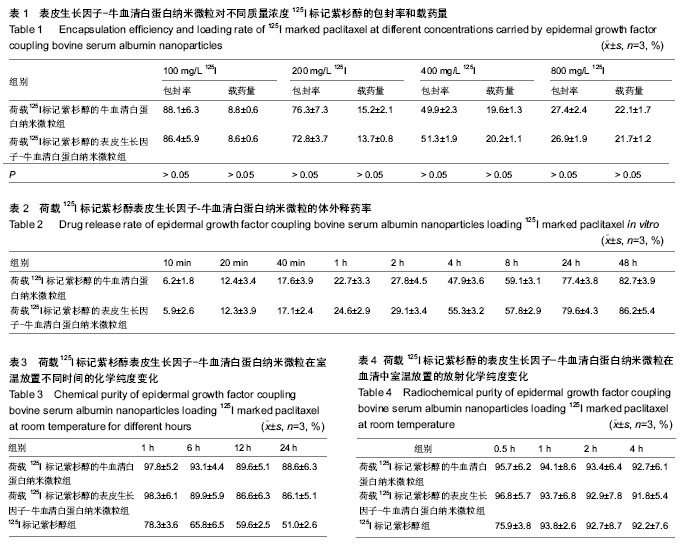| [1] 赵平.中国癌症流行态势与对策[J].医学研究杂志, 2013,42(10):3.
[2] Digumartia R,Bapsy PP,Suresh A,et al.Bavituximab plus paclitaxel and carboplatin for the treatment of advanced non-small-cell lung cancer. Lung Cancer.2014;86(2):231-236.
[3] Lam SW,de Groot SM,Honkoop AH,et al.Paclitaxel and bevacizumab with or without capecitabine as first-line treatment for HER2-negative locally recurrent or metastatic breast cancer: A multicentre, open-label, randomised phase 2 trial. Eur J Cancer.2014.
[4] Polee MB,J Verweij J,Siersema PD,et al.Phase I study of a weekly schedule of a fixed dose of cisplatin and escalating doses of paclitaxel in patients with advanced oesophageal cancer. Eur J Cancer.2002;38(11):1495-1500.
[5] van der Burg MEL,Onstenk W,Boere IA,et al. Long-term results of a randomised phase III trial of weekly versus three-weekly paclitaxel/platinum induction therapy followed by standard or extended three-weekly paclitaxel/platinum in European patients with advanced epithelial ovarian cancer. Eur J Cancer.2014;50(15):2592-2601.
[6] Lorusso D,Petrelli F,Coinu A,et al. A systematic review comparing cisplatin and carboplatin plus paclitaxel-based chemotherapy for recurrent or metastatic cervical cancer. Gynecol Oncol.2014;133(1):117-123.
[7] Huang D,Ba Y,Xiong J,et al.A multicentre randomised trial comparing weekly paclitaxel + S-1 with weekly paclitaxel + 5-fluorouracil for patients with advanced gastric cancer. Eur J Cancer.2013;49(14):2995-3002.
[8] Kim HY,Ryu JH,Chu CW,et al.Paclitaxel-incorporated nanoparticles using block copolymers composed of poly(ethylene glycol)/poly(3-hydroxyoctanoate). Nanoscale Res Lett.2014;9(1):525.
[9] Rowinsky EK,Donehower RC.Paclitaxel (taxol).N Engl J Med.1995;332(15):1004-1014.
[10] Kobayashi Y,Seino K,Hosonuma S,et al.Side population is increased in paclitaxel-resistant ovarian cancer cell lines regardless of resistance to cisplatin. Gynecol Oncol.2011; 121(2):390-394.
[11] Kamath KR,Barry JJ,Miller KM.The Taxus™ drug-eluting stent: a new paradigm in controlled drug delivery.Adv Drug Deliv Rev.2006;58(3):412-436.
[12] 王树斌,袁飞,武云,等.纳米载体在肿瘤靶向治疗中的应用[J].中国组织工程研究与临床康复,2009,13(29):5739-5742.
[13] Endres NF,Barros T,Cantor AJ,et al.Emerging concepts in the regulation of the EGF receptor and other receptor tyrosine kinases.Trends Biochem Sci.2014;39(10):437-446.
[14] Cheng X,Chen H.Tumor heterogeneity and resistance to EGFR-targeted therapy in advanced nonsmall cell lung cancer: challenges and perspectives. Onco Targets Ther. 2014;7:1689-1704.
[15] 王树斌,袁飞,彭志平,等.EGF偶联白蛋白靶向纳米载体在荷瘤裸鼠体内分布的研究[J].中国肿瘤临床,2008,35(9):516-519.
[16] Coolbrandt A,Van den Heede K,Vanhove E,et al.Immediate versus delayed self-reporting of symptoms and side effects during chemotherapy:Does timing matter? Eur J Oncol Nurs. 2011;15(2):130-136.
[17] Acharya G,Park K.Mechanisms of controlled drug release from drug-eluting stents.Adv Drug Deliv Rev.2006;58(3):387-401.
[18] Liu SJ,Hsiao CY,Chen JK,et al.In-vitro release of anti-proliferative paclitaxel from novel balloon-expandable polycaprolactone stents.Mater Sci Eng.2011;31:1129-1135.
[19] Joerger M.Metabolism of the taxanes including nab-paclitaxel. Expert Opin Drug Metab Toxicol.2014;14:1-12.
[20] Vrignaud P, Semiond D, Benning V, et al.Preclinical profile of cabazitaxel. Drug Des Devel Ther. 2014;8:1851-1867.
[21] Wang JJ,Huang SW.Research Progress on Novel Carrier-modified Methods and Evaluation of Active Targeting Antitumor Preparation. Chin Herbal Med.2014;6(1):22-28.
[22] Costa A,Sarmento B,Seabra V.Targeted Drug Delivery Systems for Lung Macrophages.Curr Drug Targets.2014. [Epub ahead of print]
[23] Horváti K, Bacsa B, Kiss E, et al. Nanoparticle encapsulated lipopeptide conjugate of antitubercular drug isoniazid: in vitro intracellular activity and in vivo efficacy in a guinea pig model of tuberculosis.Bioconjug Chem.2014.[Epub ahead of print]
[24] Scalia S,Young PM,Traini D.Solid lipid microparticles as an approach to drug delivery.Expert Opin Drug Deliv.2014;13:1-17.
[25] Wei Y,Li L,Xi Y,et al.Sustained release and enhanced bioavailability of injectable scutellarin-loaded bovine serum albuminnanoparticles.Int J Pharm.2014;476(1-2):142-148.
[26] Nitta SK,Numata K.Biopolymer-based nanoparticles for drug/gene delivery and tissue engineering.Int J Mol Sci.2013; 14(1):1629-1654.
[27] Liu TY,Chen SY,Liu DM,et al.On the study of BSA-loaded calcium-deficient hydroxyapatite nano-carriers for controlled drug delivery. J Control Release.2005;107(1):112-121.
[28] Daraee H,Eatemadi A,Abbasi E,et al.Application of gold nanoparticles in biomedical and drug delivery.Artif Cells Nanomed Biotechnol.2014;17:1-13.
[29] Birnbaum DT,Kosmala JD,Henthorn DB,et al.Controlled release of estradiol from PLGA microparticles:the effect of organic phase solvent on encapsulation and realease.J Controll Release.2000;65(3):375.
[30] Mane SR,Dinda H,Sathyan A,et al.Increased bioavailability of rifampicin from stimuli-responsive smart nano carrier.ACS Appl Mater Interfaces. 2014;6(19):16895-1902.
[31] Huang D,Wang L,Dong Y,et al.A novel technology using transscleral ultrasound to deliver protein loaded nanoparticles.Eur J Pharm Biopharm.2014;88(1):104-115.
[32] Barua S,Mitragotri S.Challenges associated with Penetration of Nanoparticles across Cell and Tissue Barriers: A Review of Current Status and Future Prospects. Nano Today.2014;9(2): 223-243.
[33] Raj S,Jose S,Sumod US,et al.Nanotechnology in cosmetics: Opportunities and challenges. J Pharm Bioallied Sci.2012; 4(3):186-193.
[34] Mooso BA,Vinall RL,Mudryj M,et al.The Role of EGFR Family Inhibitors in Muscle Invasive Bladder Cancer: A Review of Clinical Data and Molecular Evidence. J Urol. 2014. pii: S0022-5347(14)04269-4.
[35] Ou SH.Second-generation irreversible epidermal growth factor receptor (EGFR) tyrosine kinase inhibitors (TKIs): a better mousetrap? A review of the clinical evidence.Crit Rev Oncol Hematol.2012;83(3):407-421.
[36] Cadranel J, Ruppert AM, Beau-Faller M,et al.Therapeutic strategy for advanced EGFR mutant non-small-cell lung carcinoma.Crit Rev Oncol Hematol.2013;88(3):477-493.
[37] Brand TM,Iida M,Luthar N,et al.Nuclear EGFR as a molecular target in cancer. Radiother Oncol.2013;108(3):370-377.
[38] Chaturvedi SK,Ahmad E,Khan JM,et al.Elucidating the interaction of limonene with bovine serum albumin: a multi-technique approach. Mol Biosyst. 2014.[Epub ahead of print]
[39] Shi Y,Su C,Cui W,et al. Gefitinib loaded folate decorated bovine serum albumin conjugated carboxymethyl-beta- cyclodextrin nanoparticles enhance drug delivery and attenuate autophagy in folate receptor-positive cancer cells.J Nanobiotechnology. 2014;12(1):43. |

